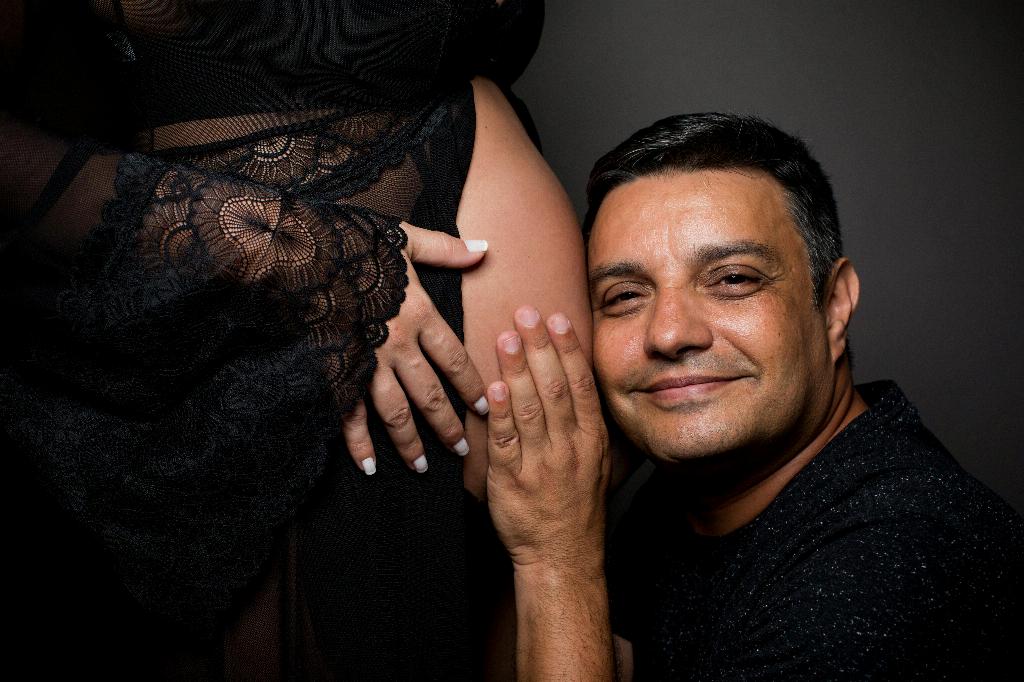One of the most exciting and visible signs of pregnancy is the appearance of a baby bump. For first-time moms, the timeline for when this baby bump starts showing can vary. According to a BabyCenter poll, most women expecting their first child reported starting to show between 12 and 18 weeks of pregnancy.
Factors Influencing When You Pop
Several factors can influence when a pregnant woman “pops”, or when her baby bump becomes noticeable. These may include the woman’s pre-pregnancy body weight, muscle tone, and the position of the uterus. Genetics and the number of pregnancies a woman has had can also play a role.
First Trimester Changes
During the first trimester of pregnancy, a woman’s body goes through numerous changes, both externally and internally. While the baby bump may not yet be visible to others during this time, the uterus is expanding and preparing for the growing baby.
Second Trimester Development
As the pregnancy progresses into the second trimester, typically between weeks 13 and 27, many women find that their baby bump becomes more noticeable. This is when the uterus rises above the pelvic bones and starts to push outwards, leading to the characteristic pregnancy belly.
Individual Differences
It’s important to note that every woman’s body is different, and the timeline for showing during pregnancy can vary widely. Some women may start showing earlier due to factors such as multiple pregnancies, while others may not show as prominently until later in the second trimester.
Embracing the Changes
For many women, the moment when they start showing during pregnancy is a significant milestone. It marks the visible confirmation of the life growing inside them and can be an emotional and exciting time. Embracing these changes and the new shape of your body is an important part of the pregnancy journey.
Body Image and Self-Care
As your body changes and your baby bump becomes more pronounced, it’s common to experience a range of emotions about your changing body image. Practicing self-care, staying active, and connecting with other expecting moms can help you navigate these feelings and embrace the beauty of pregnancy.
Maternity Clothing
As your baby bump grows and your regular clothes become snug, you may find yourself in need of maternity clothing to accommodate your changing shape. Maternity wear is designed to provide comfort and support for your growing belly, allowing you to feel both stylish and comfortable throughout your pregnancy.
Health and Wellbeing
During pregnancy, it’s crucial to prioritize your health and wellbeing for both you and your baby. Eating a balanced diet, staying active with prenatal exercise, and attending regular prenatal check-ups are essential components of a healthy pregnancy. Taking care of yourself ensures the best possible outcomes for you and your baby.
Enjoying the Journey
As you navigate the changes and milestones of pregnancy, remember to cherish each moment and enjoy the journey of growing new life. From the first signs of a baby bump to feeling those tiny kicks, pregnancy is a miraculous experience that brings joy, anticipation, and boundless love.
Seeking Support
If you have any concerns about your pregnancy, the development of your baby bump, or your overall health and wellbeing, don’t hesitate to reach out to your healthcare provider. Seeking support and guidance from medical professionals can help ensure a smooth and healthy pregnancy journey for you and your baby.

